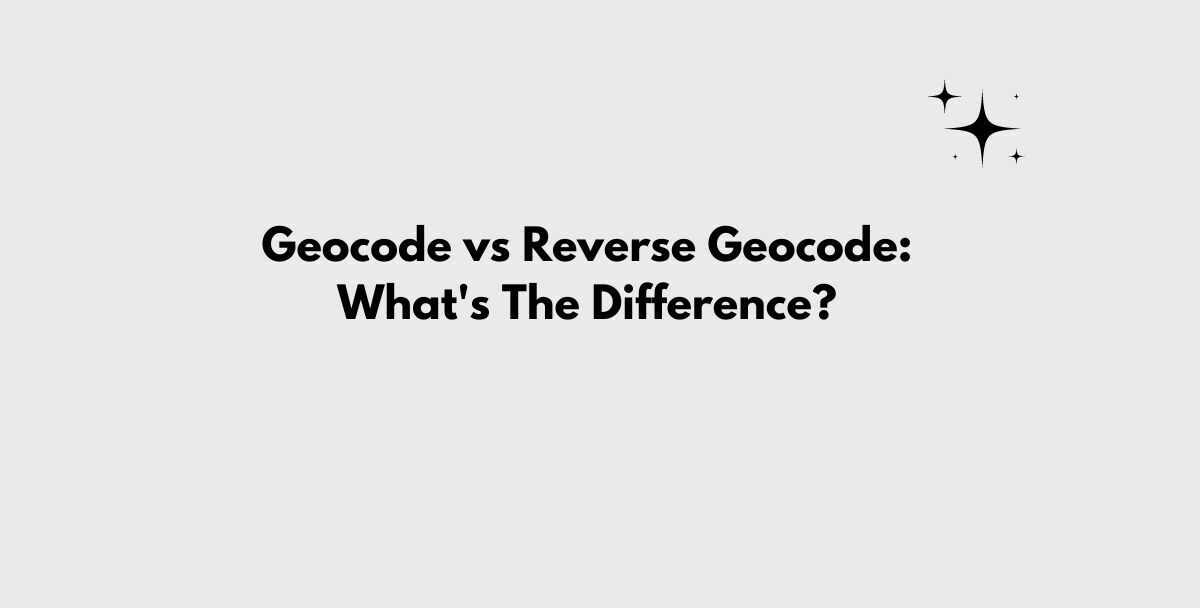Geocode vs Reverse Geocode: What’s The Difference?

Have you ever marveled at how efficiently major mail carriers seem to be able to keep track of your address? There are billions of people on earth, many of whom live in brand new buildings or apartment complexes. To make things even more complicated, municipalities often change street and building names for vague reasons. To handle these problems, USPS address verification and other major geodata teams use both geocoding and reverse geocoding. Here’s why.
What Is Geocoding?
Most geographers and geographic information systems use numerical coordinates as their primary reference systems. Latitude and longitude is by far the most common of these systems, and professionals all over the world rely on it to find people, addresses, and objects. Unfortunately, few everyday citizens know the precise coordinates of their homes or businesses. Instead, they rely on given names.
Geocoding is simply the process of converting the given name of a location to usable coordinates. This process can also be carried out in reverse, as it is often helpful for businesses to convert data from basic coordinates to a descriptive name. This is called “reverse geocoding.”
What Is Geocoding Used For?
Although there are virtually infinite ways to use geocoding, it is most often used when a business or organization has a database of addresses it needs to organize by proximity to others. Often, these addresses and place names are abbreviated, modified, or even misspelled, making it difficult to simply plug them into a preexisting database.
Effective geocoding software can quickly identify an address, despite unusual abbreviations or spelling. Thousands or many thousands of items can then be assigned precise coordinates based on GPS data.
Standard geocoding can be especially useful for businesses that need to establish travel routes. Modern GIS programs can easily calculate the most efficient possible routes to reach multiple destinations, as long as they have accurate coordinate points, a geocode address API, and road network data. Good-quality coordinate information can help with such diverse tasks as gathering tax data, producing crime statistics, compensating travel expenses, and understanding where to build a new business location.
What Is Reverse Geocoding Good For?
The reverse process, in which latitude and longitude are converted to addresses, can be equally useful. In the era of cell phones, GPS data is easier to come by than ever before. Since fewer people, however, call from landlines tied to established address databases, the only way to establish the location of a caller is often to reverse geocode their coordinates.
This is especially helpful for first responders and police, who sometimes have to find a caller based on very little information. Marketers for many different industries can also benefit from reverse geocoding. Food services applications can, for example, recommend only nearby restaurants to customers.
There are many cheap but complicated ways to convert your data, but if you don’t get services like phone verification or custom precision, you won’t be able to depend on your results. When searching for the right geocoding service, look for a company that can provide verified data at the resolution you need. By spending your time on only the right customers, you can save both time and money.
